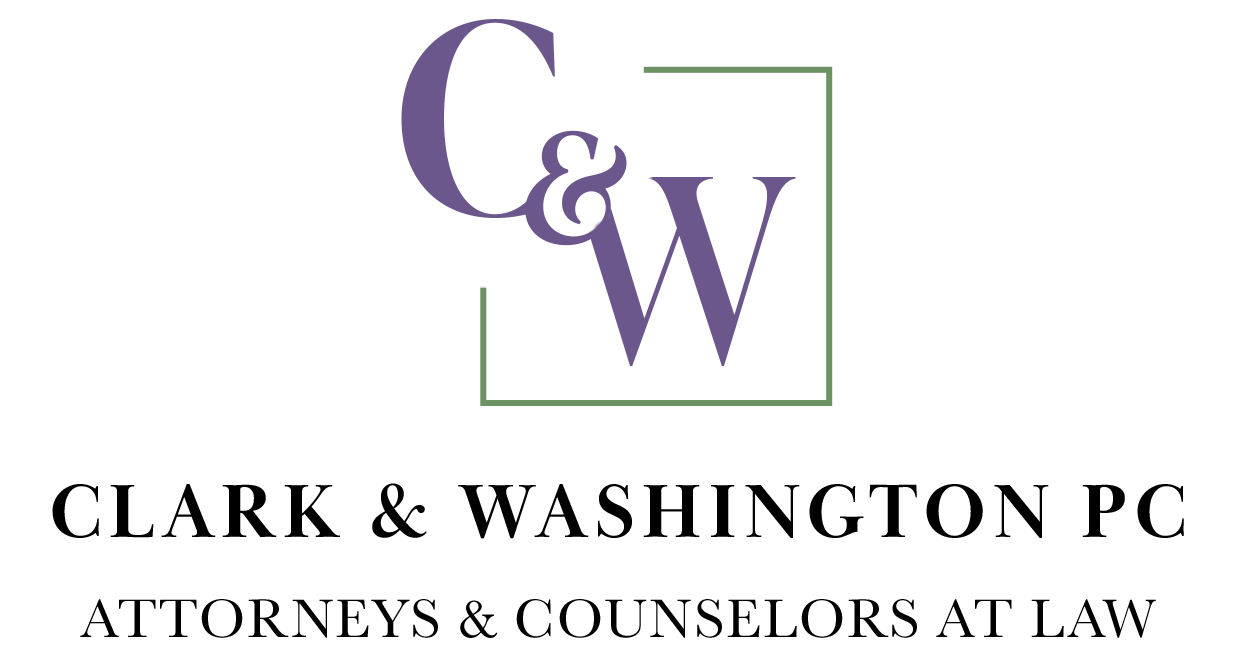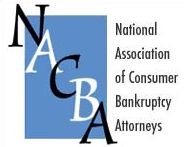Chapter 7 in a Pandemic
COVID-19 has forced individuals and businesses to rethink the way tasks get done. If you are having financial difficulties as a result of COVID, you may have considered filing for Chapter 7 bankruptcy, especially if quarantined or discharged from employment through no fault of your own. The first step is knowing exactly what Chapter 7 bankruptcy is and the process to get it done.
What is Chapter 7 bankruptcy?
Chapter 7 bankruptcy is a process where most of the debts of an individual are canceled, offering protection from creditors.
What occurs when filing Chapter7 bankruptcy during COVID-19?
Filing for bankruptcy on your own can be very complicated, and things are no different during COVID. In many cases, you may not be able to physically meet with the attorney. You’ll meet virtually instead, where you can discuss your case and the attorney can decide if you are eligible for Chapter 7 bankruptcy and whether you should file.
Anyone who has already received a Chapter 7 bankruptcy discharge in the last six to eight years or someone who can complete a Chapter 13 repayment plan based on income, expenses, and debt will not be able to use Chapter 7 bankruptcy as a solution.
Most people take the means test to determine eligibility. One of the most telling qualifications is if your monthly income is less than the median household of your size in the state. With COVID-19 affecting employment for a number of individuals, this may be an easy qualification to meet. Once it has been established you are eligible, the process begins with an extensive financial questionnaire and other documents. You may receive an electronic link where this questionnaire can be completed and returned.
What documents do I need when filing for Chapter 7?
You will need to provide the attorney with tax returns and income documentation, like your pay stubs for the last six months and any W-2s. Additional proof of any income you have will also need documentation to support it, such as any real estate you own, the registration and value of your vehicle, retirement and bank account statements, and any financial obligations like child support or alimony. The entire process takes about four to six months, including completion of a credit counseling course. You will also have to list your debts, property you owned and money spent during the previous two years, and property sold and given away during the previous two years.
What happens when the documents are filed?
Once the documents are completed and reviewed and filed by the attorney, an “automatic stay” is granted. This prevents creditors from trying to collect on what you owe. This is a temporary stay as you move through the Chapter 7 bankruptcy process. Your attorney will advise you on what you can and cannot do during this time.
Make sure you protect yourself and do things the right way. The team at Clark and Washington is ready to help. For more information, contact us today!



